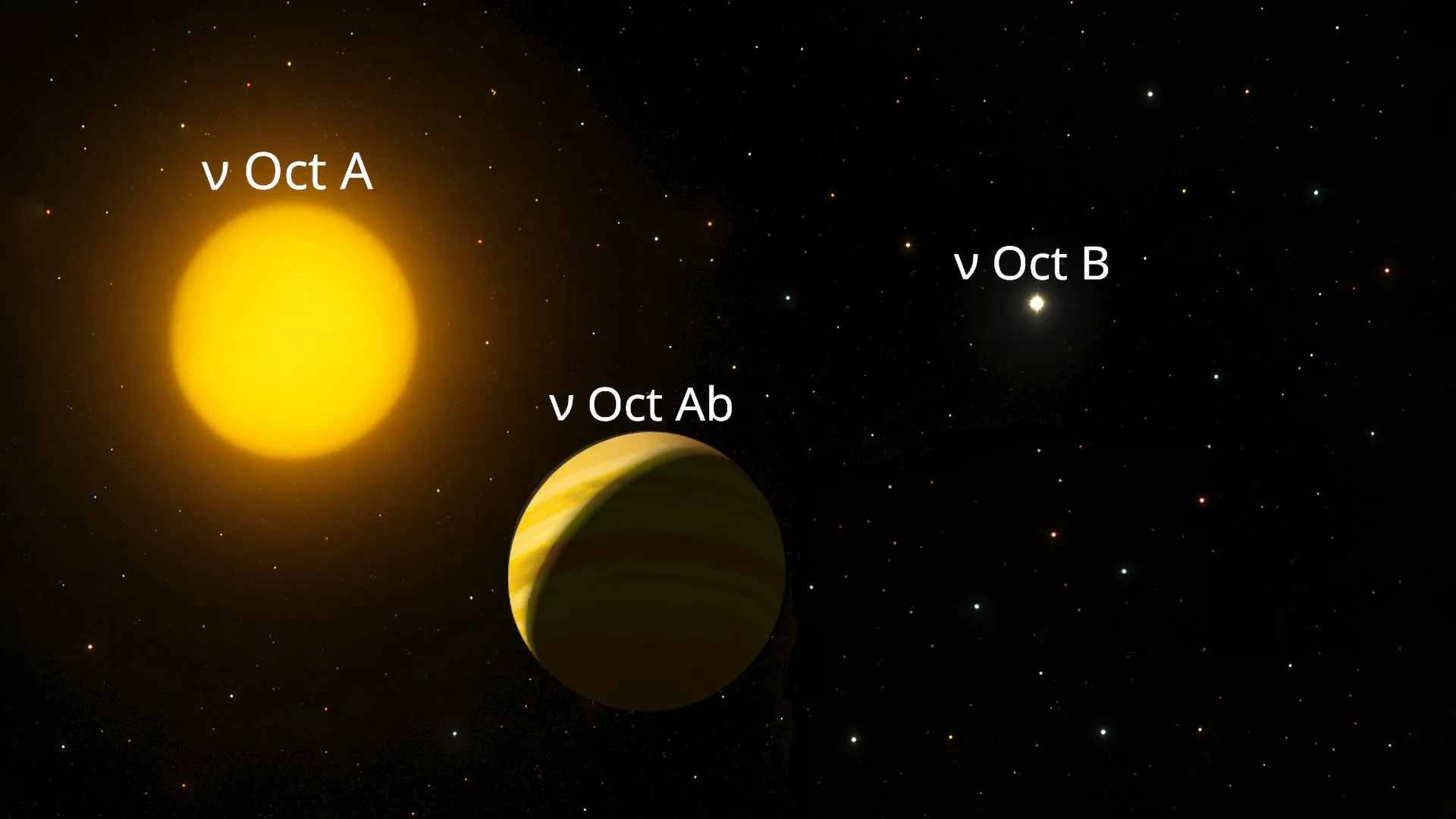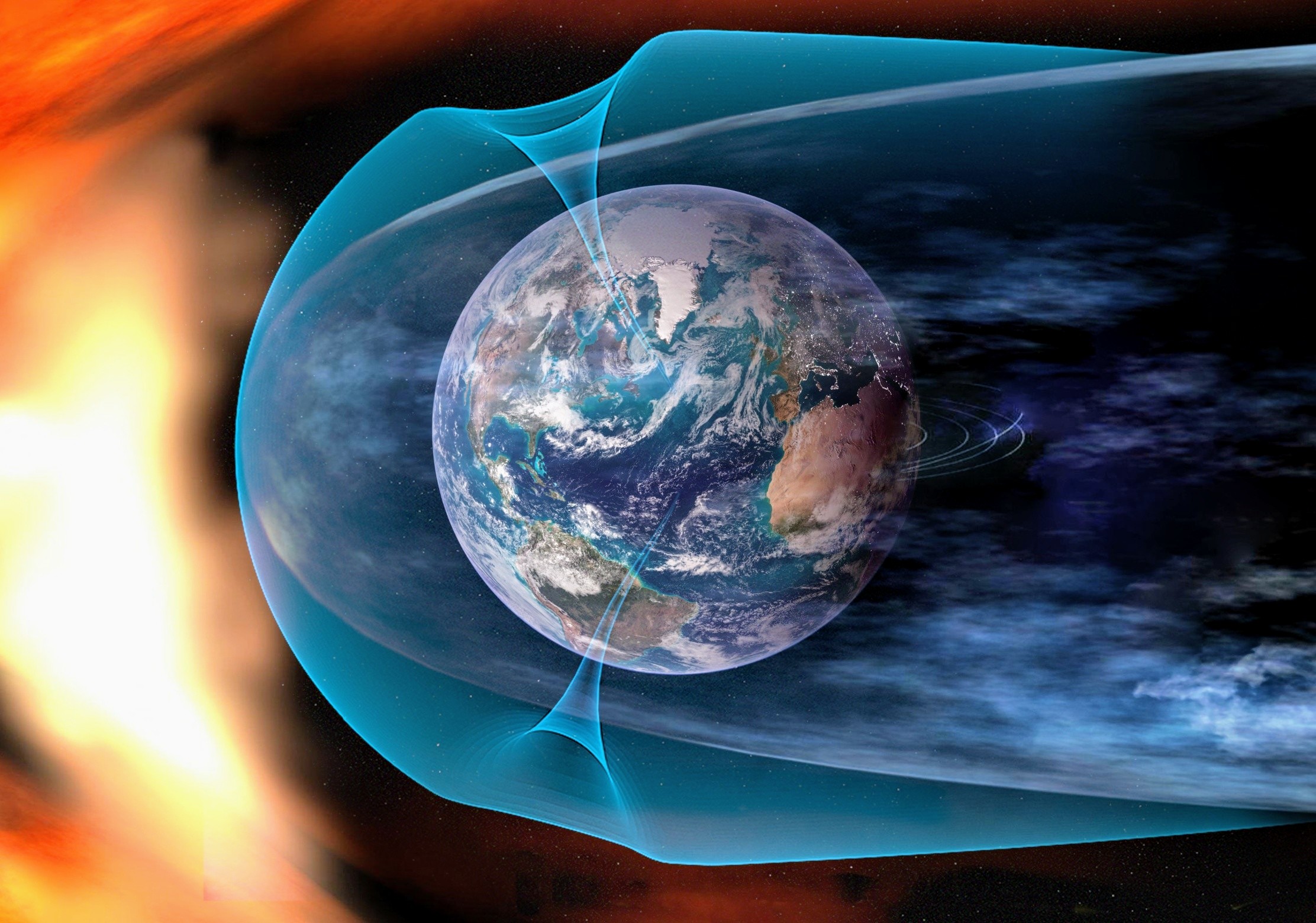Could Dark Matter Be Hiding in a 'Mirror World'? Shocking New Theories Exposed!

What if everything we thought we knew about dark matter was just a reflection of a hidden universe? A recent study suggests that dark matter might not only be elusive but could originate from a mysterious 'shadow world' that mirrors our own. This revelation could reshape our understanding of the cosmos!
The nature and origins of dark matter remain one of the greatest enigmas in modern physics. It’s estimated to make up about 80% of the universe's matter, yet scientists still grapple with the question: what is dark matter really? Enter Professor Daniele Profumo, a physicist from the United States, who recently published a groundbreaking study in the journal Physical Review D on July 8, 2025. In it, he proposes two fascinating theories that could offer fresh insights into this cosmic mystery.
One of Profumo's ideas suggests that dark matter might be the result of a hidden 'shadow world' filled with dark counterparts to familiar particles like quarks and gluons. Picture this: a parallel universe where these dark particles bind together to create heavy objects, much like the atoms that compose our world. As the early universe unfolded, these dark particles could have clumped together under gravity, forming stable entities like mini black holes—objects that remain invisible to us but exert their influence through gravitational effects.
This theory aligns with the longstanding 'mirror matter' hypothesis, which posits that a parallel universe exists alongside ours. In this mirror world, every particle has a dark counterpart, hidden from our observation but subtly affecting the universe we perceive.
In an intriguing twist, Profumo's previous study in May also explored an alternative idea: that dark matter could have originated as radiation during a rapid expansion phase of the universe, shortly after the Big Bang. This phase, known as the quasi-de Sitter phase, suggests that stable dark matter particles may have been 'frozen in' from the heat of the universe’s outer edges—like cosmic leftovers locked in time during the expansion process.
According to Profumo, this means dark matter particles could possess a wide range of masses, potentially varying from minuscule to incredibly massive, near the Planck scale. The beauty of this theory is that it doesn't require dark matter to interact with the particles of the Standard Model, which have yet to be detected in experiments aimed at finding the elusive WIMPs (Weakly Interacting Massive Particles).
While Profumo acknowledges that both mechanisms are speculative, he emphasizes that they present self-contained, calculable scenarios that extend beyond conventional dark matter models, which face increasing scrutiny due to a lack of experimental evidence. The merging of innovative thinking with established physics could lead us closer to unraveling the dark matter puzzle!




























